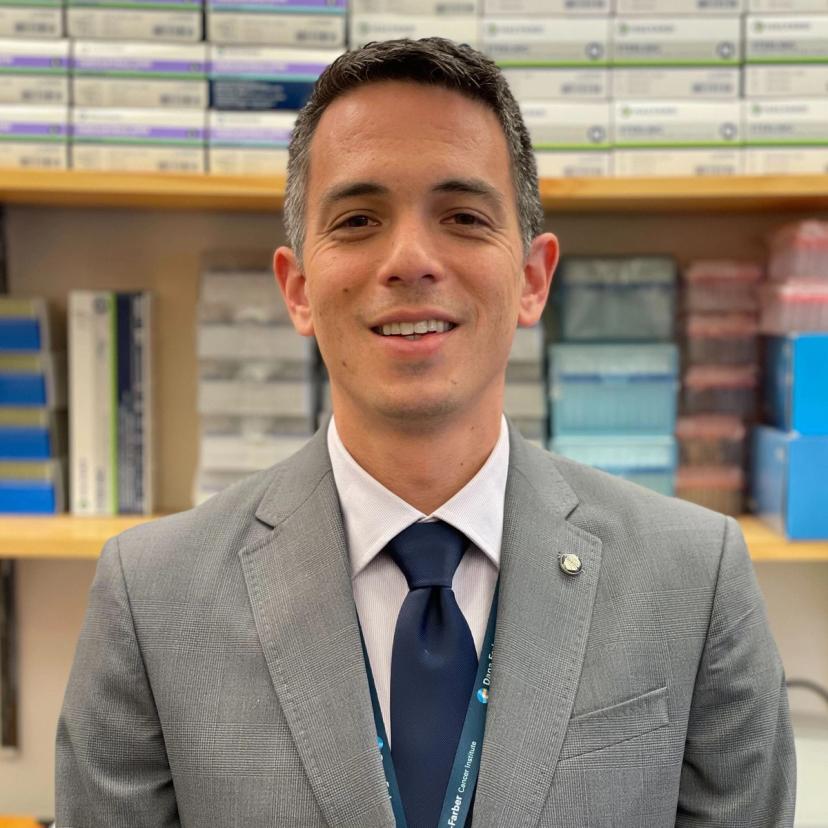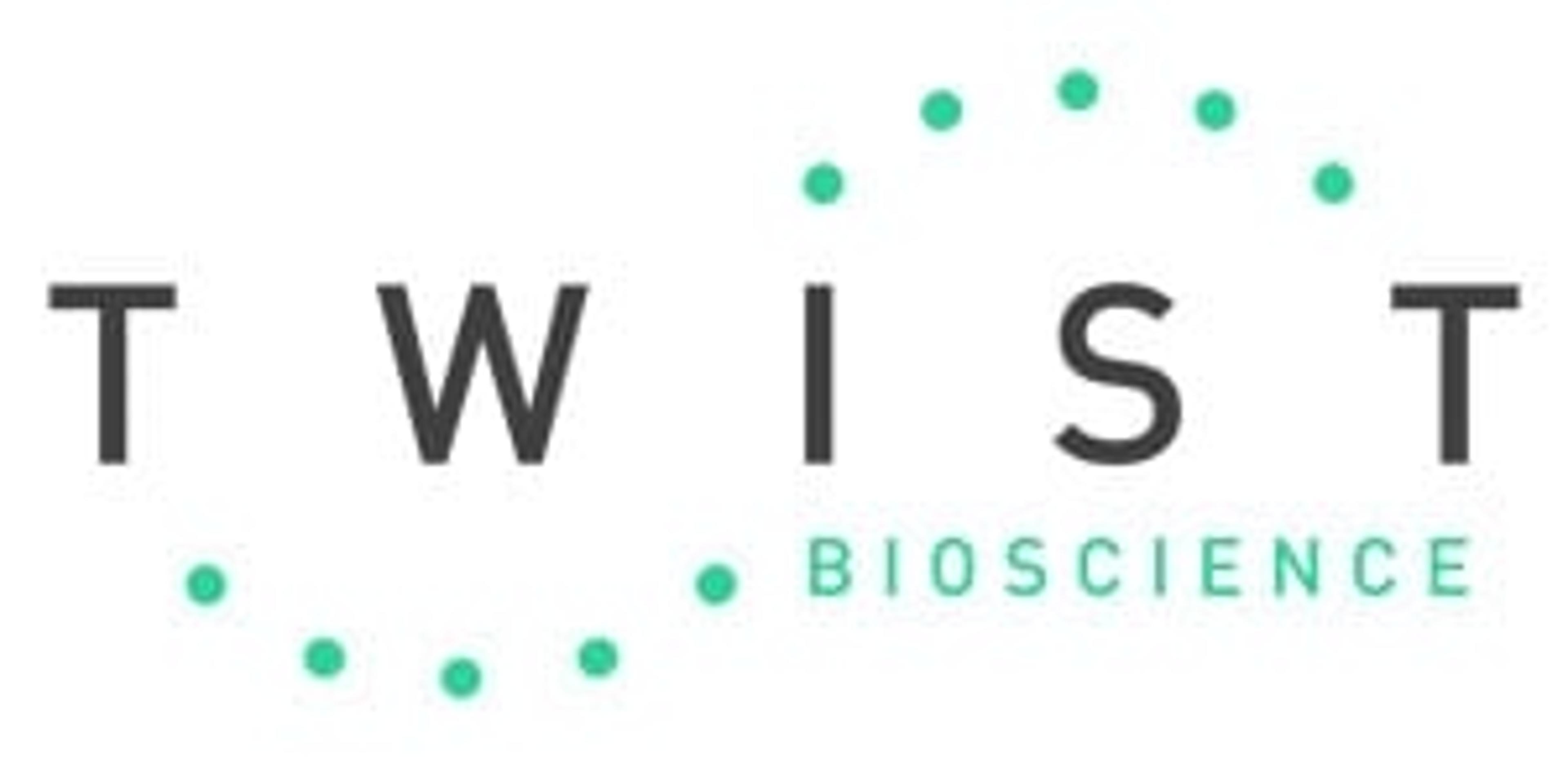On cfDNA in hematologic cancers: A Q&A with Dr. Mark Murakami
Dr. Murakami discusses the molecular tools enabling the pursuit of precision medicine
6 May 2025
Dr. Mark Murakami is an Assistant Professor in Medicine at Harvard Medical School and an Independent Investigator in the Division of Hematologic Neoplasia at the Dana-Farber Cancer Institute. In addition to treating patients with blood cancers, he leads a research laboratory dedicated to advancing precision diagnostic and therapeutic approaches. Molecular diagnostic tools constitute a central component of this larger mission. Read more about the Murakami lab.
Advances in cancer biology, coupled with breakthroughs in molecular technologies, are transforming the landscape of precision medicine. The integration of next-generation sequencing (NGS) and other advanced tools is making it possible to customize therapies to the specific molecular profile of each patient’s tumor, moving away from the traditional one-size-fits-all treatment approach.
For Mark Murakami, MD, assistant professor of medicine at Harvard Medical School and independent investigator in the Division of Hematologic Neoplasia at the Dana-Farber Cancer Institute, this mission is deeply personal.
"I'm motivated by the patients that I've been involved in treating," he shares. "For many of us who are involved in clinical and translational research, patients are the primary motivation."
In this Q&A, Dr. Murakami discusses his research on hematologic cancers, liquid biopsies, and how the study of cell-free DNA could lead to more personalized healthcare.
What is the primary focus of your lab’s research, and how does it aim to address clinical challenges?
We’re all about deeply characterizing hematological malignancies, with a particular interest in understanding why some of these tumors are able to persist deep into therapy. Many of the lymphomas that we study are more indolent, such as follicular lymphoma, mantle cell lymphoma, and marginal cell lymphoma. In these types of cancer, the clinical challenge is that most patients will have a very good initial response—they'll enter into metabolic remission, meaning the PET scans will become negative after three or six cycles of therapy. However, we know that there will be a subset of patients whose cancer will go through an early progression or an aggressive transformation, and it’s very difficult to identify these patients early.
We strongly believe that it will be beneficial to prospectively identify which patients are at risk of persistent disease because these patients are going to be underserved by standard frontline therapies.
My lab is focused on developing this capability by collecting information about many different biological features in primary patient samples and identifying the molecular signatures that characterize both responsive and persistent tumors. Our hope is that these signatures will ultimately help physicians anticipate a tumor’s therapeutic response and inform timely decision making throughout the treatment journey.
Why focus on molecular assays, as opposed to imaging technology?
PET scans and metabolic imaging have been very useful, but they have some technical and logistical limitations that I think molecular assays can improve upon.
From a practical standpoint, imaging can be a costly procedure that is burdensome for patients. This makes it difficult to collect the type of longitudinal data we need for these studies and can be a barrier to long-term disease surveillance.
From a technical view, PET scans and other imaging techniques are just not sensitive or specific enough. This can result in delayed patient care as it takes longer to detect and respond to both emergent qualities and the presence of residual disease. It also affects our confidence in the ground truth of retrospective studies, where the question lingers about whether annotated patient outcomes (such as remission) truly reflect biology, or if they’re just a product of the technology’s limited detection thresholds.
One of the many values that molecular diagnostics offers is improved specificity compared to metabolic imaging or PET scans. It would be a big help if we could have more precise response assessments than what PET scans currently offer. There is also an argument to be made that molecular tests could potentially be cheaper than imaging and—if blood-based—make it easier to carry out long-term monitoring with repeated sampling.
What does a better molecular assay look like?
What we really need is sensitive molecular assays that are less invasive and allow us to sample more densely—that would be fantastic. Here, I’m thinking about the leukemia projects that I'm involved with. Things happen very quickly in these patients and you can only get bone marrow biopsies so frequently. There are existing molecular tools that we do use—such as clonoseq—to characterize the disease, but we think that being able to capture a greater range of biological features from these leukemias would be really beneficial, especially if we could identify the emergence of new genetic alterations in response to treatment.
We're not going to be able to get that type of information by simply doing more invasive bone marrow biopsies. What we need is very sensitive and specific blood or plasma-based tests that allow us to both capture disease characteristics and track disease response with sufficient kinetics. That’s an unmet need in the leukemia and lymphoma space right now, and we’re hoping that our studies on cell-free DNA (cfDNA) will ultimately help to meet this need.
What information can you gain from cfDNA?
cfDNA is an interesting biomarker. It can be hard to detect, but if you have a sensitive enough assay, you gain a window into the various aspects of the disease biology. For our purposes, sequencing cfDNA gives us a chance to learn significantly more about the cancer’s status—what kind of cancer is present, is it likely to respond to frontline therapy, and are there any emergent mutations that might affect that response?
Many groups—including mine—are studying the potential value of cfDNA in tracking tumor response (disease burden) for hematological cancers. We use next generation sequencing (NGS) to analyze cfDNA from early time points (within the first one to three cycles of therapy), ultimately to determine molecular response and gauge how likely it is that the disease will persist after apparent remission.
cfDNA also has a lot of promise in helping us detect residual disease and progression much earlier and with much greater lead time than is currently possible with imaging-based techniques. There's a lot of evidence to suggest that patients who have measurable residual disease after their initial course of therapy are at a high risk of relapse. For these patients, it’s very important that they have some intensive, consolidated therapy with the goal of getting them to a bone marrow transplant.
Having the ability to identify which patients need this type of intensive therapy would be particularly valuable in the lymphoma space. These cancers tend to be age related and patients often have additional comorbidities, both of which increase the importance of minimizing treatment toxicity. If we can detect residual disease and pick up on certain molecular signatures in cfDNA, it may help us justify the use of more toxic therapeutic strategies. Similarly, the lack of detection may help physicians spare patients from unnecessarily intense therapeutics. It’s all about giving our clinician colleagues the most robust data possible to justify those very momentous decisions.
How are you approaching cfDNA detection?
We tend to use custom panels. There are many different approaches to cfDNA detection, but the ethos of a lot of our molecular diagnostics programs is that no single assay or platform can do everything well. We feel strongly in this idea of fit-for-purpose assays. It’s necessary because we're often looking for multiple different pieces of information. Sometimes that's disease characterization and looking at specific features, whether they're genetic, epigenetic, or something else. Other times we also need the assay to integrate multiple biomarkers or to draw out information about the immune system. So, there are many layers of biological discovery and translation that we're trying to incorporate into these panels.
We try to be as thoughtful as we can and as judicious as we can about matching the features of the assay to the clinical and biological questions we're trying to address. Our goal is to make the best assay for that particular setting. And, if the panel helps us find something that looks promising, then we would hope to deploy the panel (or elements of it) within some larger research efforts.
How is Twist empowering your research?
I started working with Twist Bioscience in 2019 and that relationship has spanned multiple projects over the last five years. We use a lot of targeted panels and one element that's particularly important for us is consistency in coverage.
As I’ve mentioned, we're not just looking for the binary detection (or lack of detection) of certain variants. We are looking at many quantitative biomarkers and integrating these into larger molecular tumor burden assessments. I think it is very important in these studies to mitigate the confounding influence of target affinity.
We’ve been very highly encouraged by the coverage consistency that we’ve experienced with Twist’s target enrichment baits.
I should also mention that we've really appreciated the Twist panel design team. I've worked with a couple of different designers at Twist over the years, and that has been a very, very good experience. When designing a custom panel, there’s always a risk that you’ll have to go back and redesign large parts of the panel due to unforeseen performance issues. This is particularly true when you’re trying to introduce new innovations into each panel and targeting new areas. There’s just a higher risk of creating promiscuous baits which create a lot of off target reads. Big redesigns are just part of the process. But we’ve rarely had to do this, thanks in large part to the Twist team.
Twist has some really good internal tools that the design team uses to help us improve the efficiency of early panel development. My lab has definitely benefited from this longitudinal relationship because the design process goes so smoothly, partly because there's been this accumulated experience so that Twist designers know what we want and what we're looking for. It's very efficient now.
This is why we continue to use Twist, because we’ve really appreciated the consistent coverage on the chemistry side, and working with the design team has been a real pleasure. That counts for a lot in my book.
What are you excited about in the near future?
We are always looking to ask ‘what more can we get from plasma based analytes’. And I think that there are a number of disease states that are not clearly driven by discrete mutations, but are more epigenetic in nature. We're beginning to perform some pilot studies in that area. Though we're far from the first ones to do this, it's very exciting to enter a less chartered territory in the research world. We’re excited to study some of our unique patient cohorts with tools that allow us to interrogate different features of the tumor cells and cfDNA, and then explore how that can integrate with conventional cfDNA based assays.



